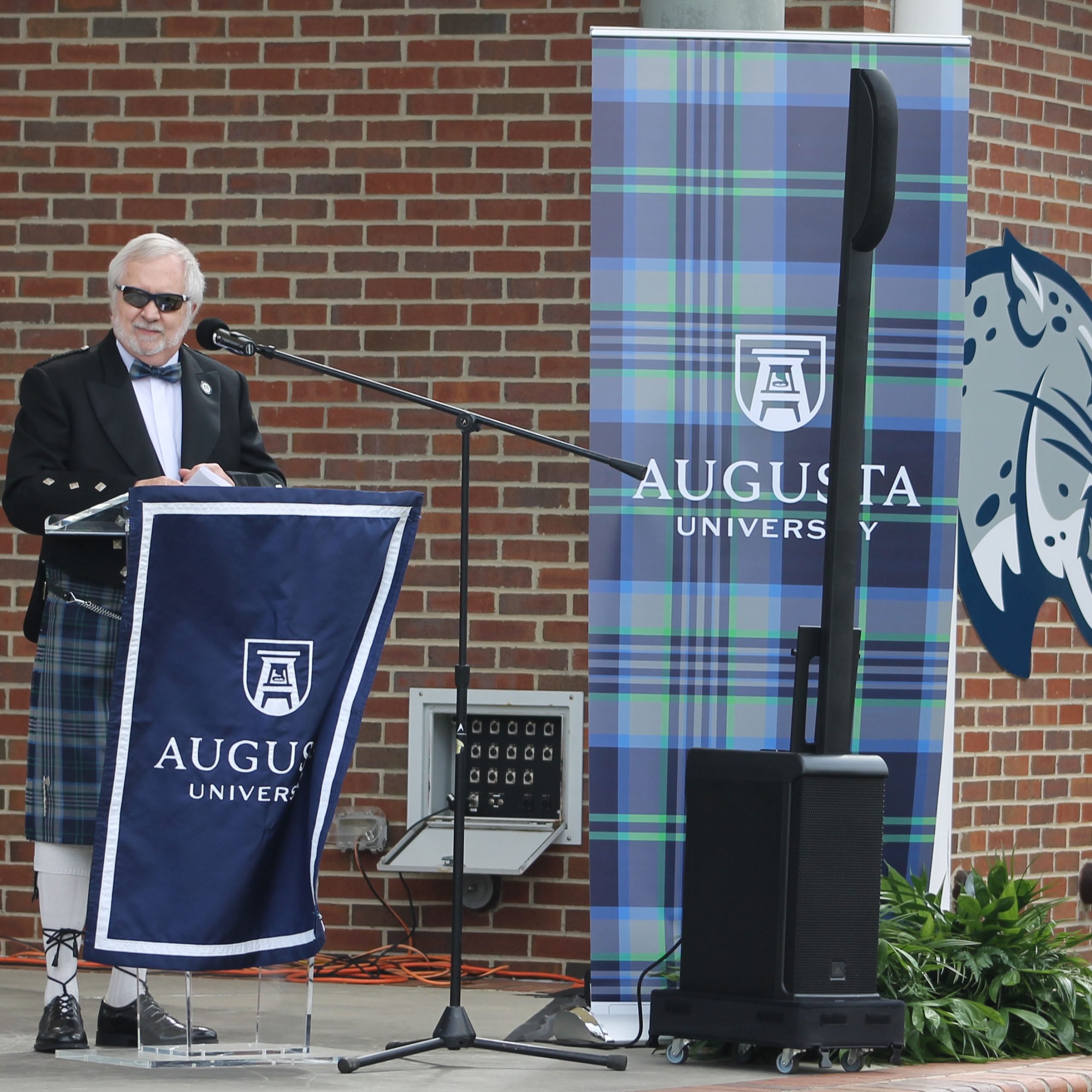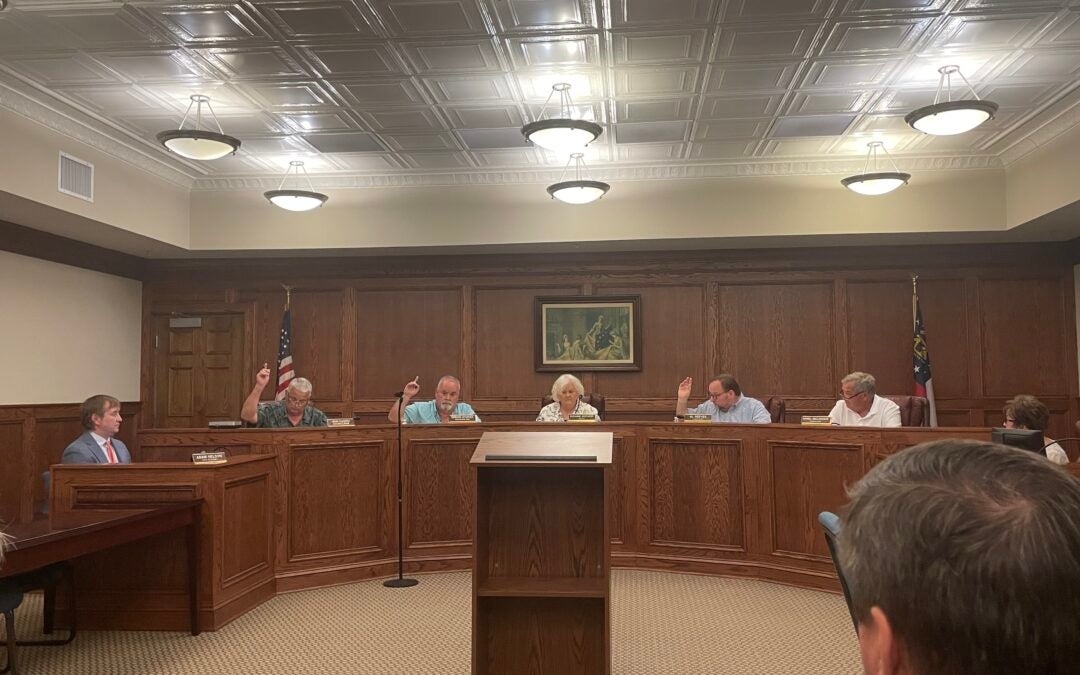Augusta University launched a new tradition on Monday, March 7 with the introduction of its newly milled official Scottish tartan.
“Even though we’re an old university,” the school has a new identity, said Provost Neil MacKinnon following the ceremony to introduce the tartan.
Having its own tartan is a way to celebrate that new identity, MacKinnon added.

“It symbolizes the pride of being part of the AU family,” he said.
University President Brooks Keel said in his remarks during the ceremony held at the Douglas Bernard Amphitheater, that he was thrilled with the outcome of the tartan project MacKinnon proposed not too long after he joined AU as provost in January 2021.
“It’s a new way to wear AU’s blue and gray,” Keel said.
Keel, like MacKinnon, was sporting a kilt made from the new tartan, as well as accompanying Highland formal wear that includes a black waist-length Bonnie Prince Charlie jacket and waistcoat, sporran, kilt socks and ghillie brogues. MacKinnon told the crowd of about 200 mostly faculty and staff who attended that their president learned how to wear a kilt by watching YouTube videos.
“I didn’t get the whole outfit until Friday,” Keel said after the program. “My wife and I got in the bedroom and figured it out with the help of YouTube.”
[adrotate banner=”51″]
Keel said wearing a kilt was a “wonderful experience of a whole new culture.”
MacKinnon is a native of the Canadian province of Nova Scotia, or New Scotland when the Latin is translated into English, where Scottish culture and traditions are celebrated and preserved. MacKinnon’s three daughters, Breagh, Ashlynn and Kaylee, have studied traditional Scottish dancing. They performed as part of the celebration, and a bagpiper, Christian Markle of Columbia, S.C., accompanied them.
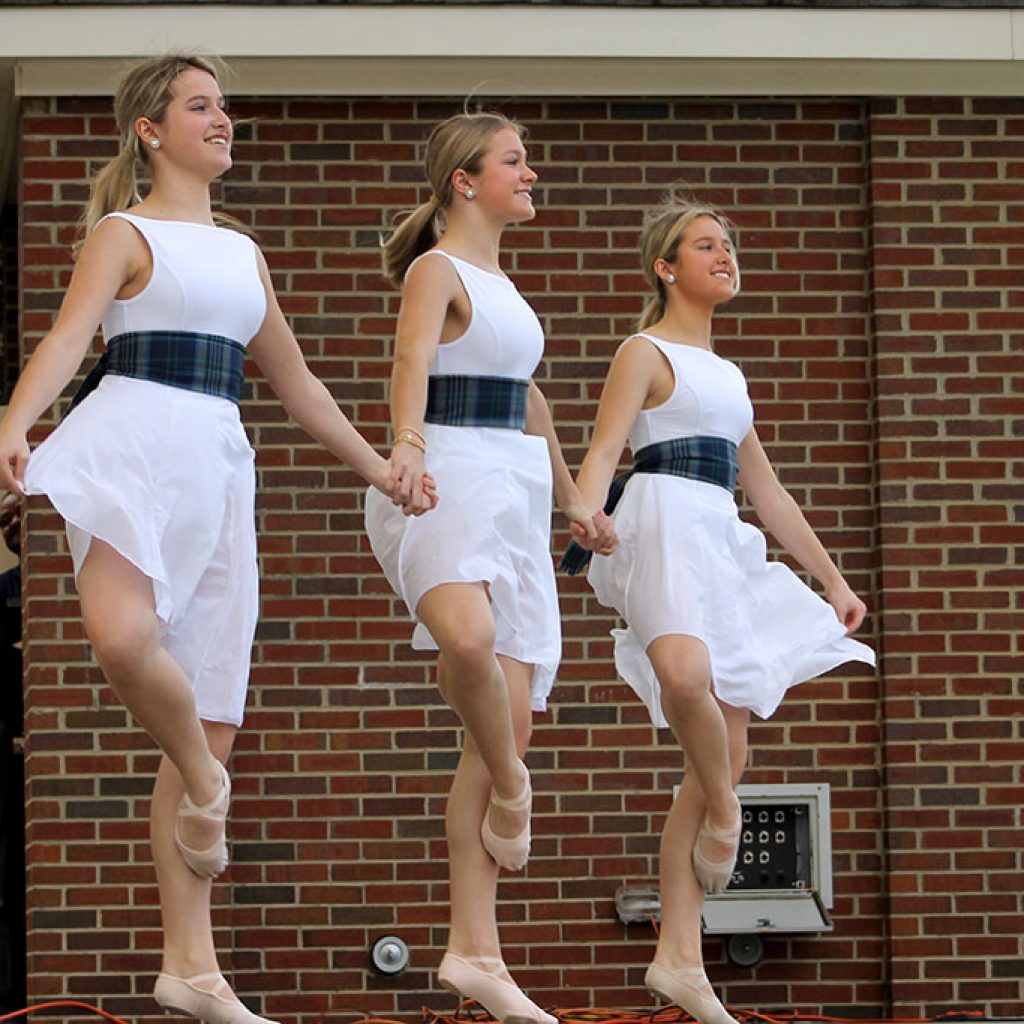
Alison Rohdy, a graphic designer in the university Communication and Marketing department, was charged with creating the tartan design that has now been registered with Scottish Registrar of Tartans. She created three designs and launched an Instagram poll that gave people the opportunity to vote for their favorite. The designed unveiled during Monday’s ceremony was the overwhelming favorite, according to Aubrey Hinkson, interim vice president of communication and marketing.
“This puts Augusta University in the company of universities like Georgia, Purdue, North Carolina State and Virginia that have their own tartans,” MacKinnon said in his remarks that included an explanation of what a tartan is and its importance to Scottish history.
[adrotate banner=”71″]
A tartan and a plaid are not the same thing, MacKinnon explained to the audience. The main difference lies in their use and association. A plaid is any fabric with woven horizontal and vertical strips of different colors, MacKinnon said. A tartan is a unique plaid that is specifically associated with a family name or an organization.
Tartans today are specifically associated with clans from the Scottish Highlands, and those plaids are particularly meaningful to the associated families, MacKinnon said. Following the Battle of Culloden in 1746, the English government forbade the wearing of tartans with the Act of Proscription in an attempt to suppress the frequent Scottish rebellions.

kilt. Staff photo by Debbie Reddin van Tuyll
Tartans are mostly worn to identify with a particular family, military regiment or organization. Augusta University’s tartan can be worn by anyone, but the unique pattern and colors belong exclusively to the school. No other individual or organization can lay claim to the AU tartan, Mackinnon said.
[adrotate banner=”15″]
While all the potential uses for the tartan have not yet been identified, the tartan will certainly be used in marketing and also by athletic teams as part of their uniforms, MacKinnon said.
“Golf is an obvious one,” he added, given its Scottish origins.
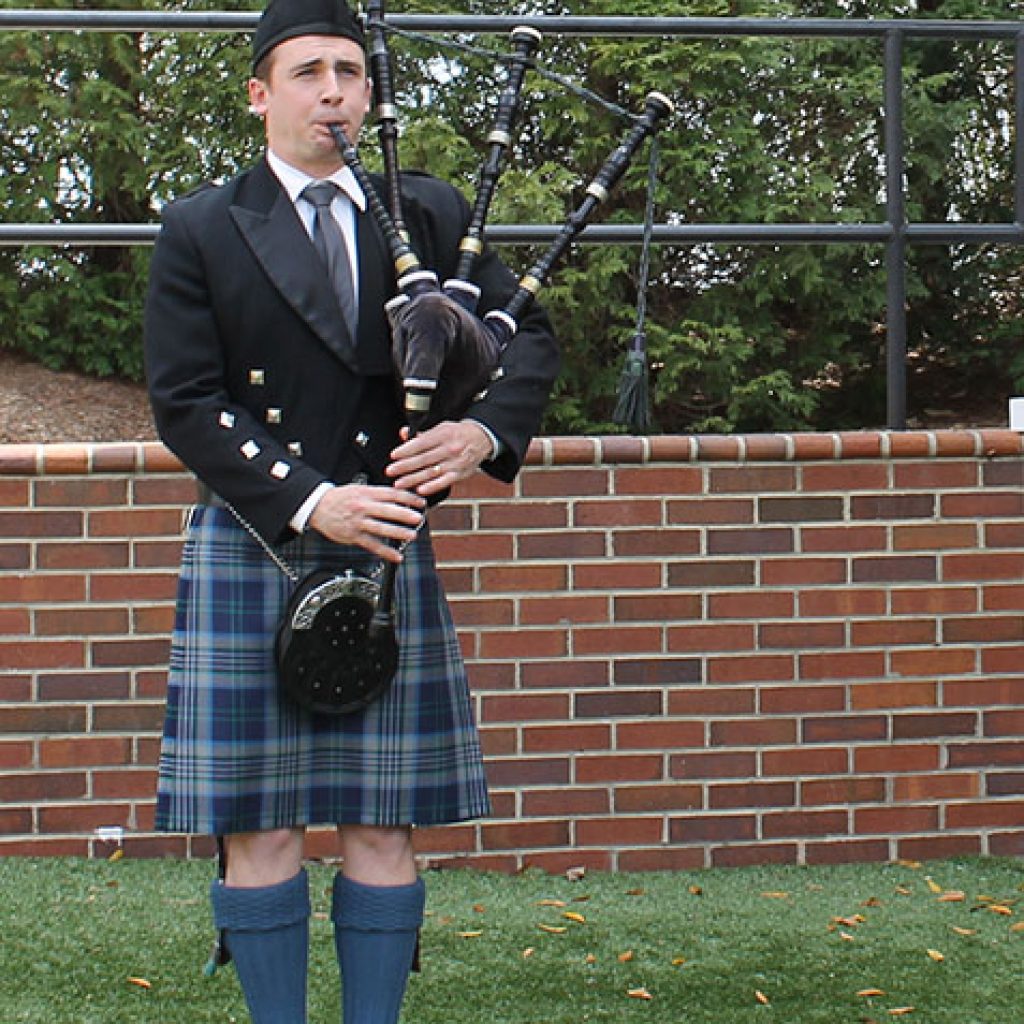
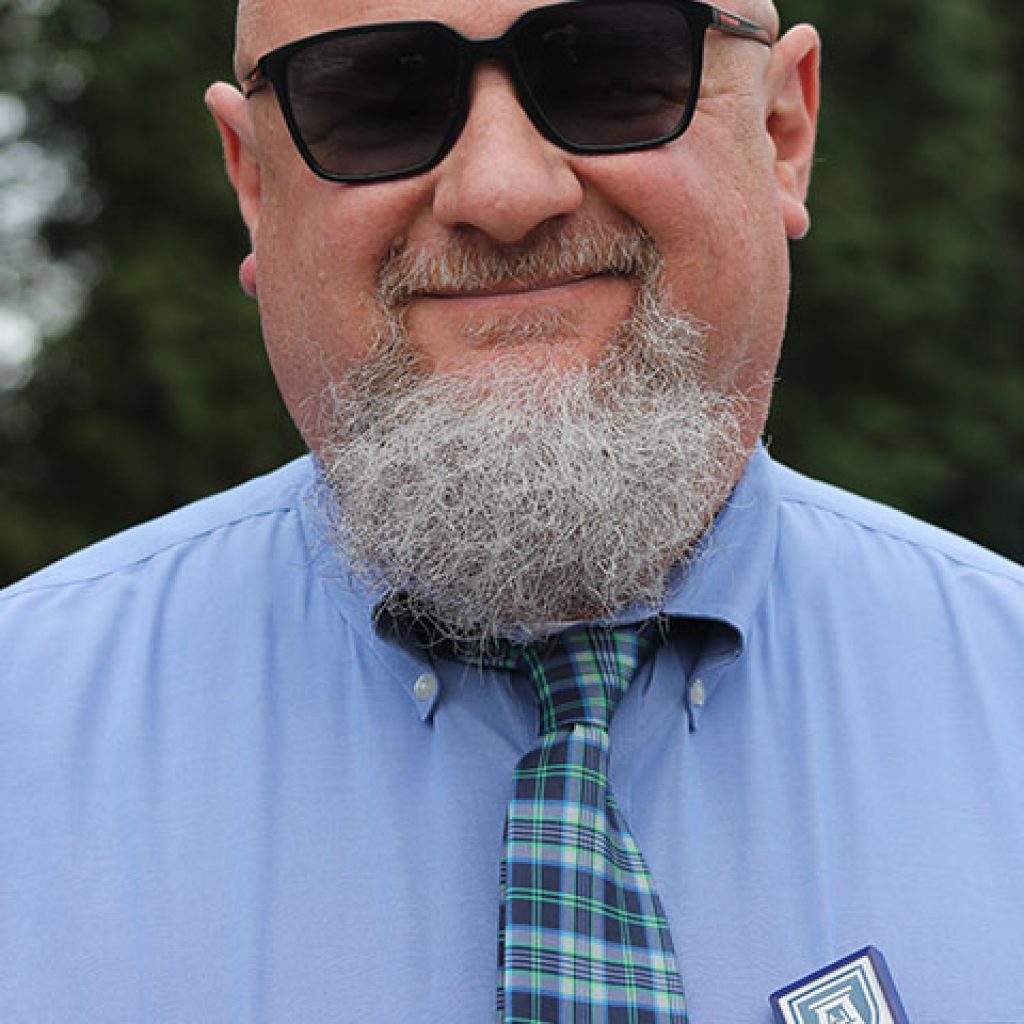
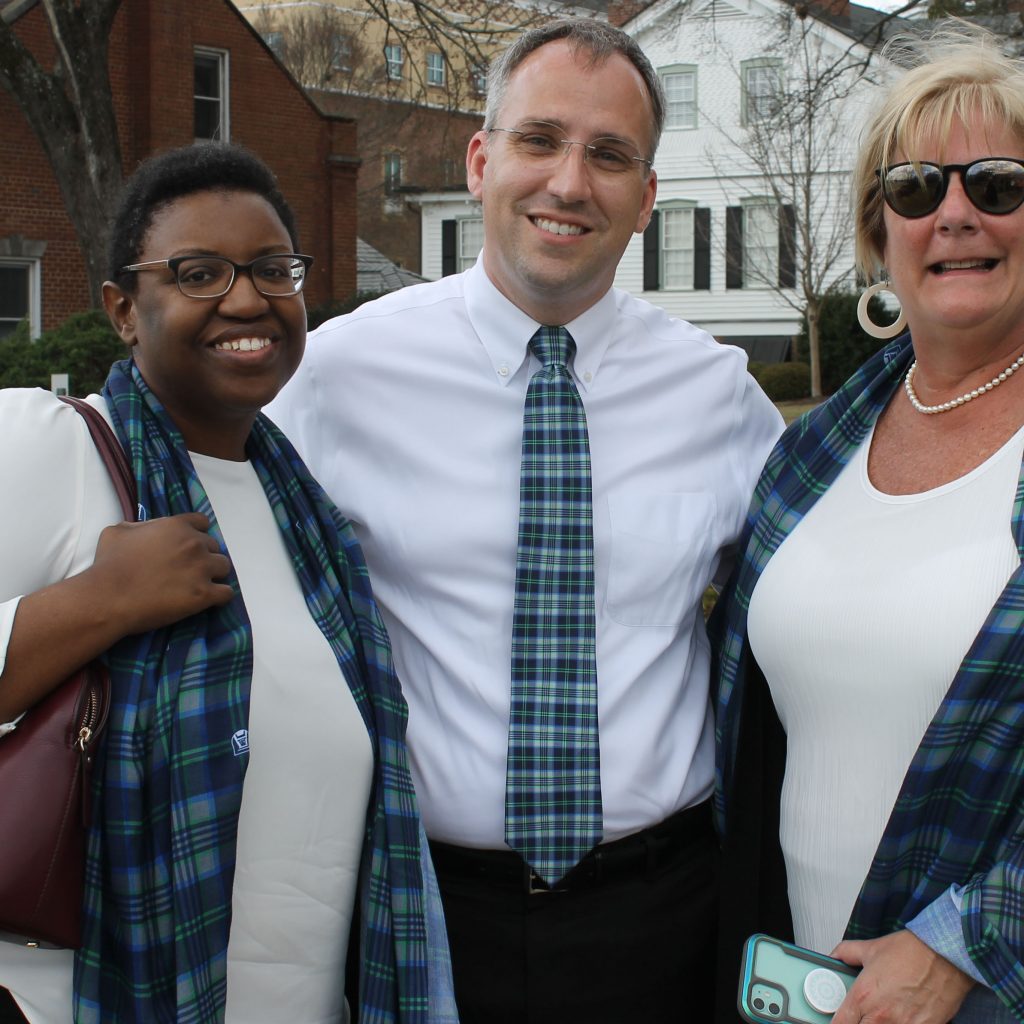


Less obvious uses include the creation of partnerships with universities in Scotland. MacKinnon and Keel will travel to Aberdeen, Scotland in June to work on developing a partnership in rural medicine with the University of Aberdeen, which ranks in the top 160 universities in the world, according to its website, and Robert Gordon University. Robert Gordon’s website says it’s the top Scottish university for connections to industry.
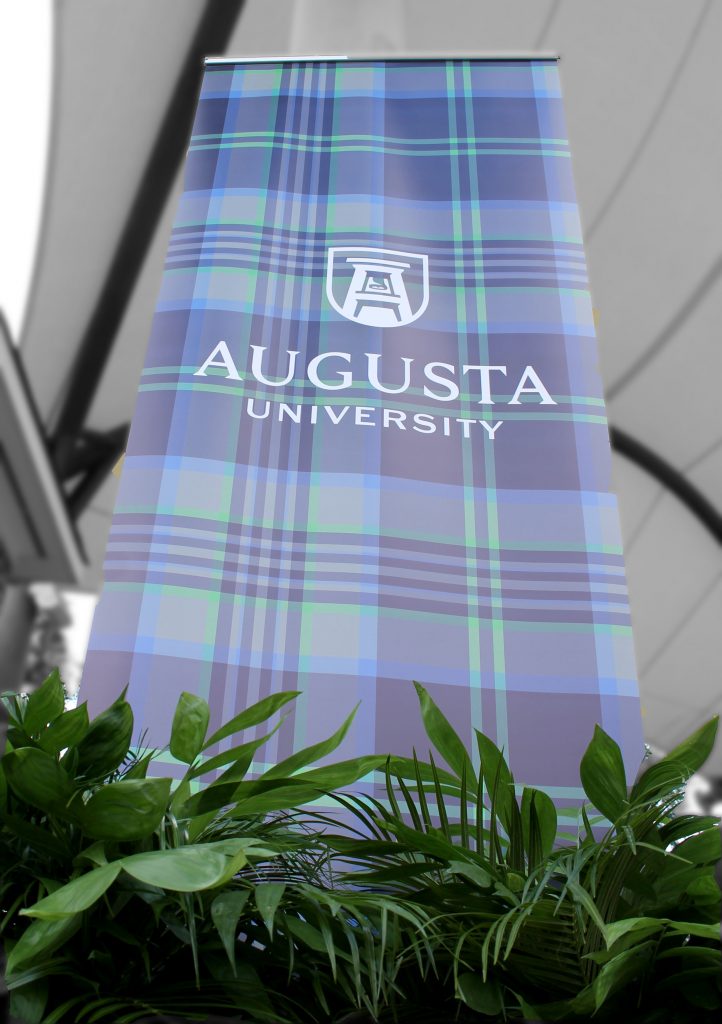
MacKinnon is trying to support the linkage between the universities by offering $10,000 grants for 10 projects. He also hopes to see student and faculty exchanges starting eventually, he said.
Debbie Reddin van Tuyll is editor-in-chief of The Augusta Press. Reach her at debbie@theaugustapress.com

